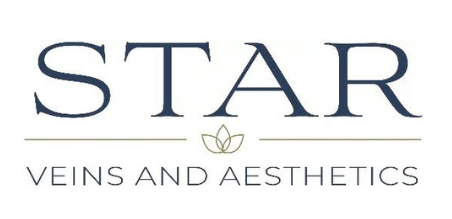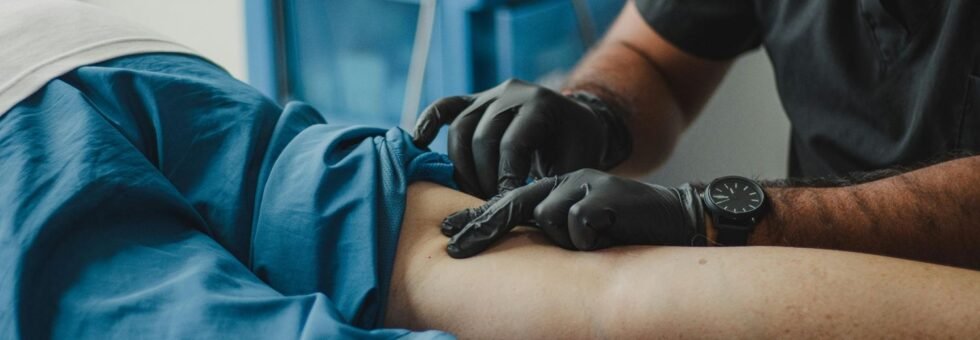Radiofrequency ablation (RFA) is a widely used, minimally invasive procedure for treating varicose veins, chronic pain, and other medical conditions. If you’re considering RFA but don’t have insurance coverage, understanding the costs involved is crucial.
Dr. Gulshan Sethi, a leading expert in vein treatments, provides high-quality radiofrequency ablation services in Long Island. In this blog, we’ll break down the cost of RFA without insurance, factors affecting the price, financing options, and whether the procedure is worth the investment.
What Is Radiofrequency Ablation?
Radiofrequency ablation is a medical procedure that uses heat generated by radio waves to destroy problematic tissue. It is commonly used for:
- Varicose veins treatment – Sealing off damaged veins to improve circulation
- Chronic pain management – Numbing nerves to reduce pain sensations
- Cardiac treatments – Treating abnormal heart rhythms
- Tumor treatment – Targeting specific tissues for destruction
The cost of RFA depends on the area being treated and whether it is performed for varicose veins, pain management, or other conditions.
Factors Affecting the Cost of Radiofrequency Ablation
Several factors influence the total cost of RFA when you don’t have insurance:
1. Procedure Type
- Treating larger veins or multiple pain sites increases costs.
2. Provider and Facility Fees
- Private clinics may charge differently than hospitals.
3. Doctor’s Expertise
- A highly skilled specialist like Dr. Gulshan Sethi may charge more but provide superior results.
4. Anesthesia and Sedation
- Local anesthesia is less expensive than general anesthesia.
5. Location
- Costs in urban areas tend to be higher than in rural areas.
Is Radiofrequency Ablation Worth the Cost?
If you suffer from chronic pain or varicose veins, RFA can provide long-term relief and improve your quality of life.
Here’s why it may be worth the investment:
- Minimally invasive – No major surgery required
- Quick recovery – Patients often resume normal activities within days
- Long-lasting results – Can provide relief for years
- Improved mobility and appearance – Especially for varicose vein treatments
How to Pay for Radiofrequency Ablation Without Insurance
If insurance doesn’t cover RFA, consider the following options:
1. Payment Plans and Financing
- Many providers offer flexible financing options.
- CareCredit or medical loans can help break the cost into manageable payments.
2. Health Savings Account (HSA) or Flexible Spending Account (FSA)
- If you have an HSA or FSA, you can use these funds to cover the cost.
3. Discounted Cash Payments
- Some clinics offer lower rates for upfront cash payments.
4. Medical Tourism
- Some patients opt for affordable treatments in countries with lower medical costs.
Choosing the Right Doctor for Radiofrequency Ablation
When selecting a provider, consider:
- Experience – Choose a specialist like Dr. Gulshan Sethi.
- Reputation – Read patient reviews.
- Facility Quality – Ensure they use the latest technology.
- Cost Transparency – Ask for a detailed cost breakdown upfront.
Final Thoughts
Radiofrequency ablation is a highly effective treatment for varicose veins and chronic pain, but it can be costly without insurance. Understanding the costs, available financing options, and the benefits of the procedure will help you make an informed decision.
For expert RFA treatment, schedule a consultation with Dr. Gulshan Sethi in Long Island today!

